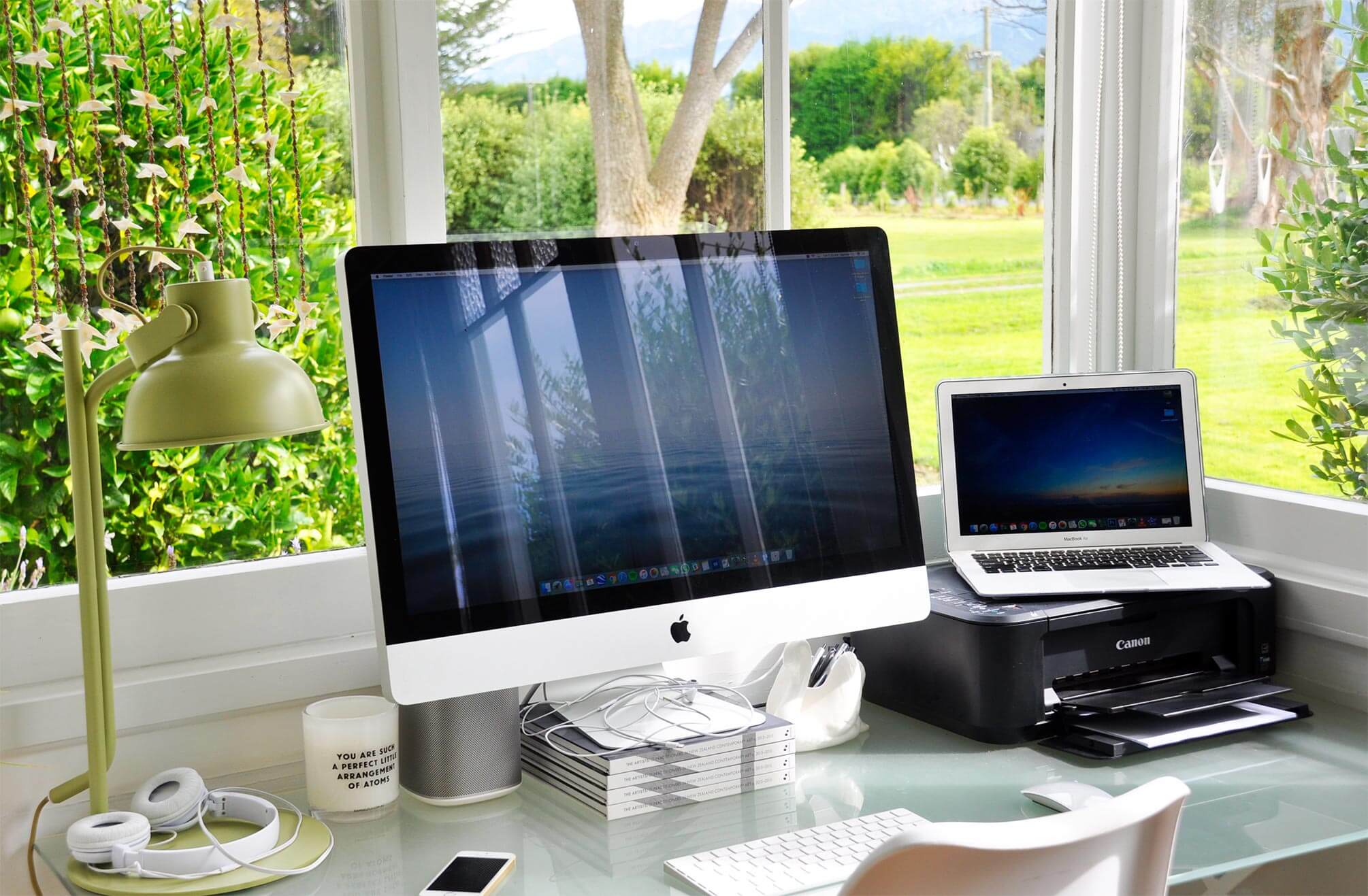
Powerful Ways to Save Energy in Your Home Office

There is no denying the current state of climate change and global pollution is reaching alarming heights, begging the need for all homeowners and business leaders around the world to take the necessary action to conserve energy and reduce water expenditure as much as possible. The goals of your eco-friendly actions and efforts are to minimize your carbon footprint, safeguard the natural world around you, and leave the world a better place for the generations to come.
If you’ve been hard at work in taking steps towards greater sustainability in your home, perhaps now’s the time to take a step further towards greater eco-friendliness in your home office as well. Let’s take a closer look at some of the powerful ways you can save energy while you work.

Optimize the layout for maximum efficiency
First things first, consider how the layout of your workspace and your entire home office can affect the way you consume energy on a daily basis, and help you minimize expenditure as much as possible. The foundation of an energy-efficient home office lies in your ability to organize the furniture, your desk, and the tech you use (such as the laptop or PC) in a way that requires minimal energy consumption throughout the day.
With that in mind, start by figuring out the position where you can enjoy plenty of natural light. This will prevent you from turning on your task lighting until the sun has completely set. Organize all of your gadgets so they travel to a single power strip, allowing you to turn everything off easily when you’re done. And lastly, be sure to find ways to minimize your use of the AC, perhaps by putting a small noiseless USB fan on your desk.

Introduce passive conservation features
The second powerful way you can minimize energy usage in your home office is to emphasize passive conservation features across the board. Whether it’s the middle of a sizzling summer, or the dead of winter, your focus should be to avoid using the AC or cranking up the heat in the room. If you do, though, you can expect your energy bills to soar as a result. Remember, when you’re concentrated on the task at hand, you won’t even notice how long the AC has been running in the background.
It might seem like an investment, but putting insulation in the walls, the ceiling, and the floors is an excellent way to keep the heat inside during winter, boost long-term sustainability, and prevent the heat from seeping into the room during those grueling summer months. As a more affordable alternative, at least for the time being, you can replace your old windows with double-glazed models that will provide the same benefits.

Conduct a thorough energy audit
The most important step towards long-term energy efficiency in your home office is to know exactly how much energy you’re consuming on a daily basis. After all, how else are you to know if your energy solutions are delivering on their promises if you don’t monitor their performance, and use the insights to further adapt your approach to energy efficiency? This is an effective method Australian at-home entrepreneurs, remote workers, and business leaders have been using in recent years to slash the high electricity prices.
In Australia, especially in dense urban environments like Sydney where energy consumption is highest, homeowners would be smart to have a skilled electrician conduct a thorough energy audit of their office, and their entire home in order to analyze the current state of energy expenditure. Then, with their help, they can formulate a better plan for long-term energy savings. Use the same method to find out just how much energy you’re consuming – it will make all the difference.

Scale and optimize your tech
As a work-at-home professional, you probably rely on your tech and various gadgets to make a living. While nobody could ever blame you for wanting to equip your home office with all of the hardware and software you might need in order to broaden your field of expertise and improve your efficiency and efficacy over time, it’s important to consider whether or not you really need all that stuff.
Remember, everything that’s plugged into a power socket consumes energy, so not only should you strive to keep the tech you’re not using unplugged, but you should also try to scale down, if possible. Sticking to the essentials, such as your laptop, your smartphone, and maybe a printer, is a great way to minimize consumption but also streamline your operation and declutter your processes.

Use smart technology to your advantage
And finally, be sure to use smart technology to optimize your daily energy usage. Install a smart thermostat, and connect the appliances in your office, including the lighting, to your home’s AI assistant or your smartphone. This will allow you to automate heating and cooling, and save on lighting. Couple that with smart LED lighting and you’re all set!
In closing
If you’re working from home, then it’s important to optimize your work environment for maximum energy conservation on a daily basis, if for no other reason than to lower your energy bill. But beyond financial savings, implementing these solutions will help you aid the preservation of the only home we have.



Post a comment